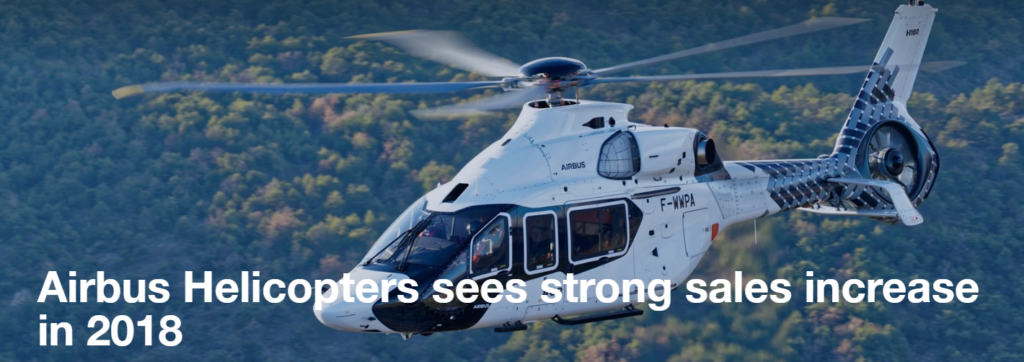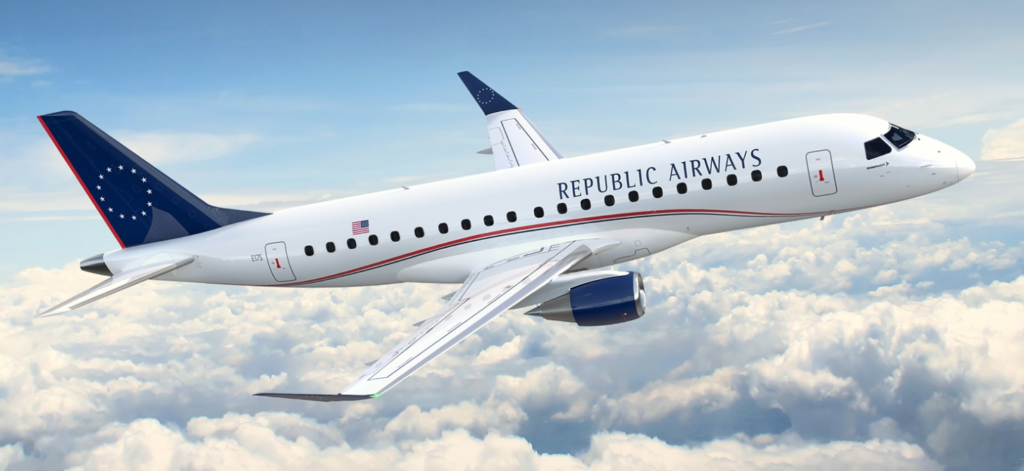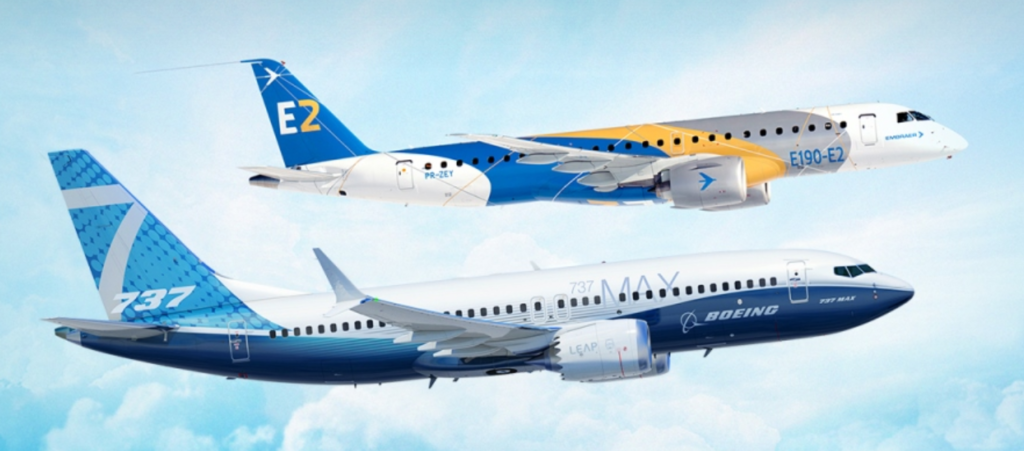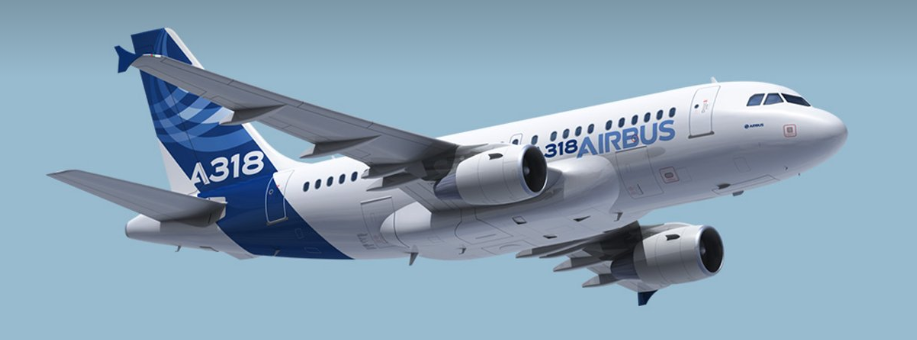Embraer Signs Contract to Support Air Astana E2 Jet Fleet
Amsterdam, The Netherlands, February 13th, 2019 – Embraer and Air Astana, a flag carrier of Kazakhstan, have reached a multiyear agreement on a Flight Hour Pool Program to support the component needs for the airline’s…



